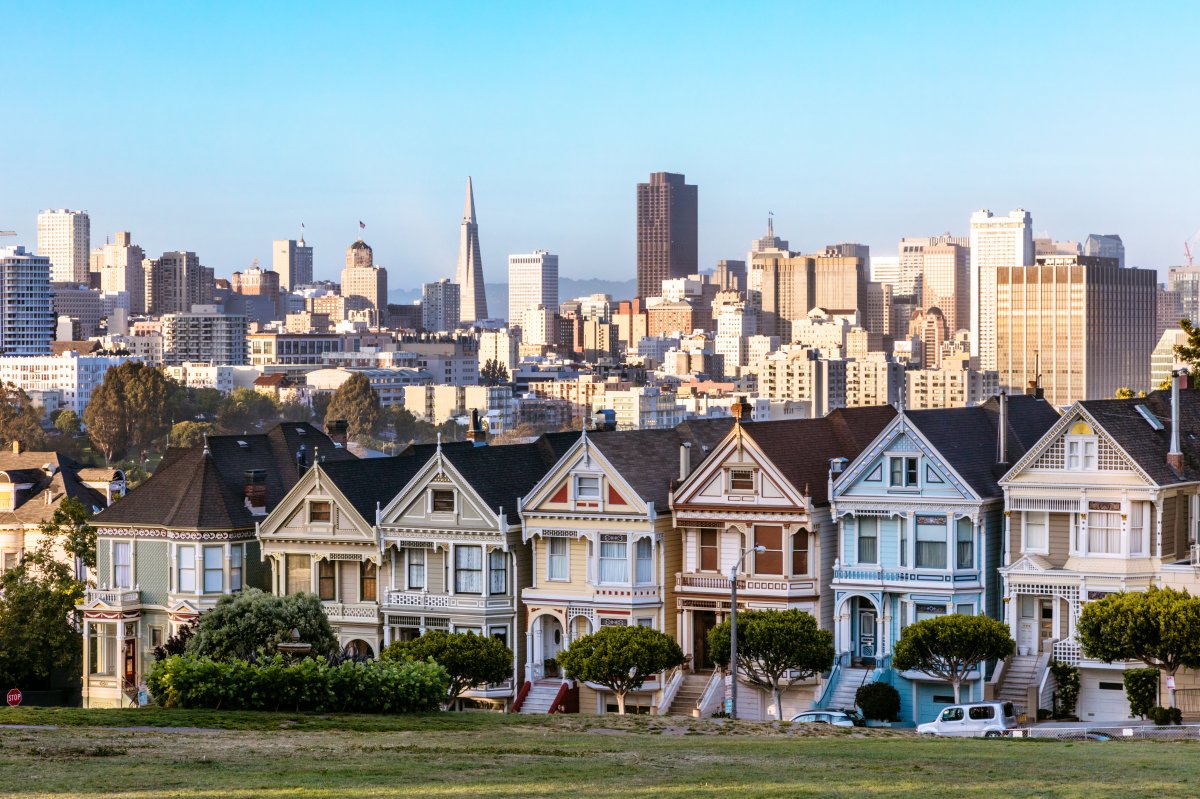In California’s notoriously pricey San Francisco Bay area, making US$82,200 a year is now considered “low income,” according to the U.S. Department of Housing and Urban Development.

In the newly released 2018 numbers, the department said for a household of four people living in San Francisco, the definition of a low-income limit is now set at US$117,400, which is the highest in the country. The median family income in the area is US$118,400.
Compare this to what Statistics Canada defines as low income for Canadians, which is $22,133 for a single person. For a family of four, you are considered low income if you make $44,266 per year (after tax).
Why is San Francisco so unaffordable?
For the past several years, San Francisco has seen its home prices soar, with many blaming the skyrocketing prices to the influx of highly paid tech workers to the area, which has driven up home prices.
But it also may be housing supply (or the lack thereof).
Jed Kolko, chief economist of residential real estate site Trulia, told Vox, that although the boom of tech companies in the area plays a role in the housing prices, the key difference between San Francisco other tech hub cities, like Seattle and Austin, is the housing supply.

Get weekly money news
San Francisco is one of the most regulated cities in the U.S. in terms of urban development, which heavily restricts how much can be built, according to Vox.
“It would take an enormous increase in construction sustained over many years to make the city more affordable,” Kolko said. “It’s hard to say how much more would be needed, though. Does the city need to build twice as much? Five times as much? Ten times as much?”
The problem of big tech companies moving into a city and driving up prices is also something Canada is now grappling with as Toronto is a potential candidate for Amazon’s second headquarters.
According to Tsur Sommerville, a real estate and economics professor at the University of British Columbia, cities that are proactive about building housing ahead of time can mitigate the shortages experienced by tech hubs like Seattle and San Francisco.
“The balance between the benefits and the cost is somewhat connected to what cities do. If you follow San Francisco and Seattle, particularly San Francisco, and you’ve got lots of high-income young people and you don’t build anything, then you have a real housing crisis,” Somerville said.
“If you don’t increase the number of housing units, higher-income people will force lower-income people out,” he said.
WATCH: Toronto only Canadian city to make Amazon HQ2 shortlist

How does San Francisco’s low-income limit compare to Canadian provinces?
So how does San Francisco’s low-income threshold stack up to the more unaffordable Canadian cities, such as Vancouver and Toronto?
Ontario
According to Ontario’s Ministry of Housing, you fall under low income if you make $22,217 (for a one-person household). For a four-person household, the low-income limit is $44,542.
British Columbia
According to B.C. Housing, you have to be making below $38,500 in Vancouver to fall under low income and meet the eligibility criteria for rental assistance.
Alberta
In Calgary, you have to be making below $35,500 to be eligible for low-income subsidized rental housing, according to the Province of Alberta. In Edmonton, the limit is $35,000.
Quebec
In Quebec, you are eligible for low-rent housing if you make $28,000 or less, according to the province.
WATCH: How a guaranteed minimum income could reduce poverty
— With files from Global News’ Jessica Vomiero













Comments